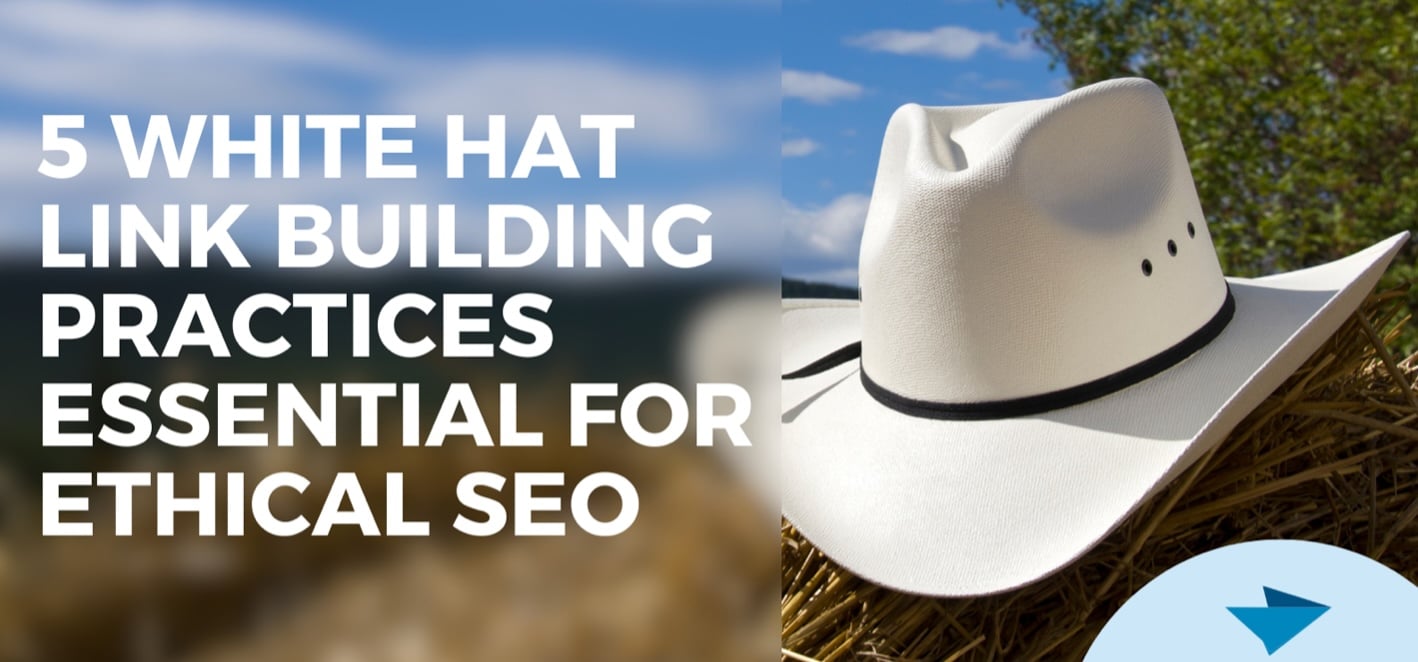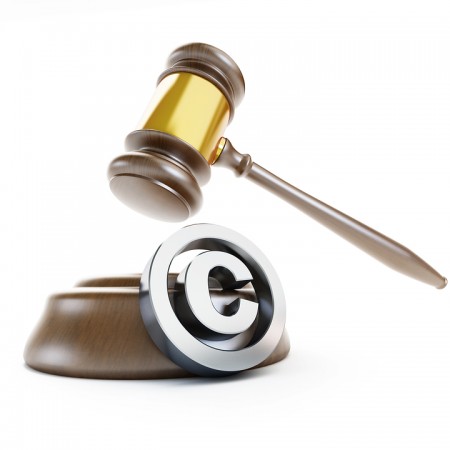5 White Hat Link Building Practices Essential for Ethical SEO
When you’re in a crowded conference room, there are usually two types of introductions. You might be wandering about and see someone you greatly admire. You pluck up the courage to approach them and introduce yourself with a statement like, “I love your recent book on marketing, especially your thoughts on the future of AI in marketing.” Then you wait. The other person may strike up a conversation or respond politely and move on. Another type of introduction is when a mutual friend introduces you to someone they already know. These are truly valuable introductions because the other person is much more likely to respond favorably, thanks to the reputation your mutual friend built with them already. Link building is much like networking, except instead of a crowded conference room, you’re wandering the world wide web. External and internal links for SEO connect you to other sites, growing your network and reputation based on the linking website’s established reputation. While link building can create valuable networks and boost your ranking, unethical practices can cause your ranking to plummet. Traditionally, marketers refer to these SEO strategies as white hat link building and black hat link building. What Is Link Building? Link building practices create a network of SEO links pointing to your website. These links are like introductions from friends. They can build bridges to bring traffic to your website, and they recommend you go to Google. When another site links to your site, they give their stamp of approval for your brand and content. If that site is already well-established and an authority brand, you can benefit from that site’s authority. Think of it like shopping for toothpaste. You have generic brand toothpaste that blends in with the competing brands. However, you also have toothpaste with stamps that say “Recommended by dentists.” Because you trust your dentist, you trust their recommendation and may be more inclined to trust that brand. In the same way, when brands link to your site, readers and Google see it as their recommendation stamp on your site. The more links you generate from outside sources, the more Google will see you as an authority. Quality links can increase your search visibility by as much as 534%. When you establish yourself as an authority in Google, you are more likely to rank higher in search engine results pages, generating more traffic. SEO link building is just one of several factors Google’s algorithm uses in ranking. It is also one of the most critical factors for building authority and trust with Google and your readers. Image from Stan Ventures White Hat vs. Black Hat Link Building Because link building plays a crucial role in ranking, content creators are always trying to crack the code. This often leads to unethical marketing practices that generate more links, but hurt the site in the long run. Traditionally, marketers define ethical and unethical link-building as white hat and black hat practices. When you watch an old-time cowboy movie, you can always identify the good and bad guys by the color of their hat. The good guys always wear white hats, while the bad guys tend to wear black hats. No one knows if this is the true source of the terms, but it’s a fun way to remember the phrases. Today, marketers are starting to move away from those terms and simply refer to white hat link building as ethical SEO and black hat link building as unethical SEO. While we are about to cover some of the best ethical backlink practices, you should first understand some of the unethical practices to avoid at all costs. Buying Links This practice has existed since the beginning of search engine optimization, when links started playing a role in ranking. Content creators realized they didn’t need to wait for others to link to them. They could simply purchase fake spam links and automatically jump in ranking. That didn’t last long before Google penalized spam links while rewarding high-authority links. If you do this practice today, you can easily find yourself cut from Google search rankings. Joining a Private Blog Network A private blog network is a connected group of websites or blogs that all agree to link to each other. Websites do not always offer valuable content. Instead, they exist only to link to other blogs and increase authority. Google might not always identify private blog networks, but if the algorithm suspects you are requesting or purchasing links rather than earning them, it will penalize your search engine ranking. Using Unnatural Link Profiles Google looks for patterns when analyzing websites for authenticity. Websites with unnatural patterns often signal unethical practices. A natural link profile will be varied since each person linking will have unique content. However, if you pay for links or create all your links yourself, your anchor text tends to sound similar, or most of the links come from the same place, signaling that all the links were not naturally generated but created to boost your brand authority. If you do want to link to your own site from third-party sources, be sure to create a variety of link sources and anchor text. Gray Hat Link Building Not all link-building practices are black and white. Occasionally, you’ll stumble upon gray areas. For example, link swaps are considered a gray hat method. You aren’t purchasing links in link swaps, so it doesn’t fall entirely under black hat practices. However, you also aren’t earning those links since you are making a trade, which isn’t entirely ethical either. While gray hat practices are easy to ignore and continue using, we highly recommend not using these methods. Even if Google doesn’t penalize them yet, it may catch up one day. To be prepared for that day, always focus on the most ethical practices. 5 White Hat Link Building Best Practices Switch out unethical link-building practices for these five ethical, white-hat link-building strategies for your SEO content. 1. Target High Authority Sites When creating a link-building … Read more

